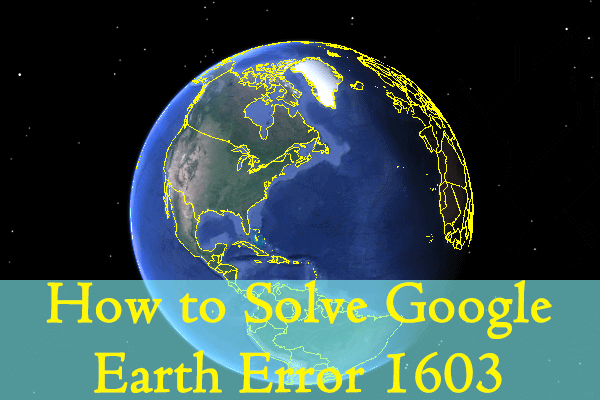
Thanks to recent technical progress, 360° models are creatable with little effort. Hence, 360° models are an option to perform virtual field trips (VFT) independent of time and location. The results of the experiment show that paths encompassing overviews of the landscape improve the viewer’s ability to build up survey knowledge that tilting appears to have a much weaker effect and that combining fast speed and a difficult path within a map tour increases the viewer’s cognitive load.ģ60° models are a form of virtual reality (VR) that allow the viewer to view and explore a photorealistic object from multiple locations within the model. An empirical study is described, which was designed to understand how virtual camera speed, path, and dynamic tilting within a map tour influence subjects’ ability to develop survey knowledge. This research is aimed at answering that need. Despite this popularity, little empirical evidence exists about how people learn from map tours and how they should best be designed to improve effectiveness. Understanding how to enhance their effectiveness is timely because of recent, growing interest in virtual reality and animated map presentation tools such as Esri Story Maps™ and Google Earth™ tours. GIScience scholars have identified map tours as an important visualization type for communicating spatial information: map tours are animations where the virtual camera moves through space and are common on the web, mobile devices, and television. We conclude that further work should be focused on investigating virtual flight within a GET. Those associated with the virtual flights between locations within a GET are more open to interpretation as they have been less well studied. Those that were generated by comparing GETs to the well-researched area of educational animations are highly reliable because they are based on empirical evidence. The amount of evidence we can show in support of our best practices varies. By reviewing literature relevant to these areas we produce 19 best practices for using GETs in education. With this in mind, in this paper we cover three main topics: (1) we consider how best to produce GETs, (2) we deconstruct them as a communication media and finally (3), we consider the larger educational context in which they are used. They also benefit from being easy for an educator to produce but they can be ineffective if they are designed poorly.

They are highly engaging to watch and have great potential for communicating spatially in a teaching environment.


Google Earth tours (GETs) are recorded flights around Google Earth.


 0 kommentar(er)
0 kommentar(er)
